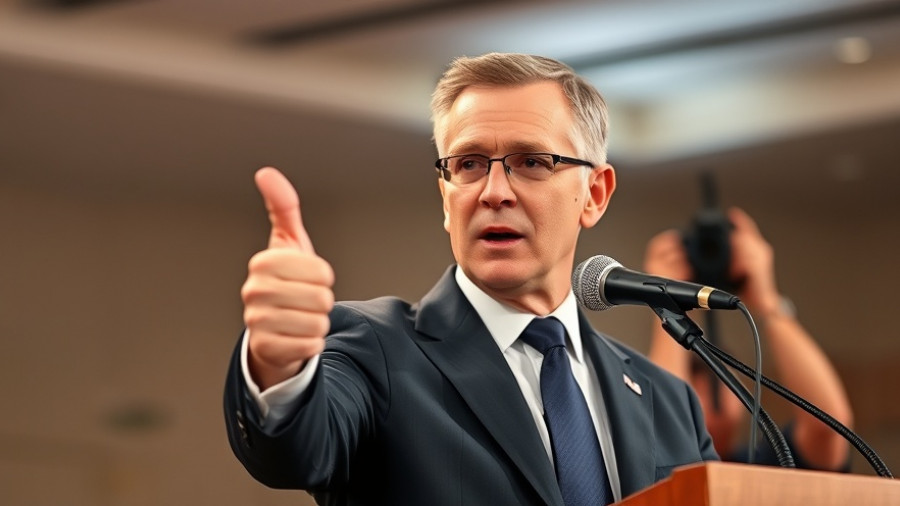
Are We Too Quickly Removing AI Safety Measures?
As AI technology rapidly evolves, a growing sentiment in Silicon Valley suggests that caution is becoming obsolete, especially around safety regulations. Companies like OpenAI are leading this charge, as they seem to prioritize innovation over caution in their development processes. With recent critiques aimed at those who advocate for AI safety regulations, including companies like Anthropic, the lines between responsible technology use and unchecked innovation have begun to blur.
The Growing Disconnect in AI Regulation
OpenAI has recently come under scrutiny for its practices regarding AI safety. A new law in California, signed by Governor Gavin Newsom, mandates that AI companies disclose risk mitigation strategies to prevent potential catastrophes. This law highlights a significant legislative step in AI regulation, filling the void left by Congress while urging companies to be more transparent about the risks that come with advanced technologies.
Despite these regulations, dissenters argue that imposing strict measures could stifle innovation. Critics maintain that while safety is essential, the industry's rapid growth requires flexible policies that support creativity and experimentation, especially as VC funding continues to propel new startups into the market.
Redefining 'Caution': OpenAI's Expert Council on AI
In response to the mounting pressure for safety protocols, OpenAI has formed the Expert Council on Well-Being and AI, consisting of eight specialists who will provide guidance on how AI affects users' mental health, emotions, and motivations. This council aims to establish what healthy interactions with AI look like, showcasing an effort to take user safety seriously amid criticisms that the company is veering too far toward risk.
This move exemplifies a conflicting narrative within the tech community, where some advocate removing guardrails for innovation, while others emphasize the urgent need for preventive measures. The incorporation of mental health experts into OpenAI’s decision-making processes signals awareness of the serious consequences AI can have on individuals, particularly vulnerable users such as adolescents.
Real-World Implications of AI Innovations
As various companies strive to innovate without boundaries, the reality is that risks are accumulating. For instance, recent news reported a digital prank that transitioned into a physical one, temporarily disrupting Waymo’s service in San Francisco. This incident serves as a reminder of the potential safety risks associated with AI technology when systems are not properly regulated or when companies do not act with prudence.
The AI Landscape Ahead: Treading the Fine Line
No one disputes that artificial intelligence holds transformative potential across industries; however, we must be astutely aware of the unintended consequences that can accompany these advancements. As responsibility becomes a hot-button issue, the tech industry must navigate the delicate balance between innovation and regulation effectively.
Industry leaders, lawmakers, and the public must actively engage in discussions about the direction of AI development, emphasizing not just the benefits but also managing the associated risks. Critical insights from experts should pave the way for a comprehensive approach that integrates safety, user well-being, and innovation without sacrificing one for the other. Ultimately, the development of AI demands a united front to ensure that technology evolves in a manner that is both constructive and secure.
If you could weigh the risks and innovations in the constantly shifting AI landscape, how would you redefine safety and responsibility in this new age? Navigating these complex issues requires not just knowledge but also active dialogue among all stakeholders.
 Add Row
Add Row  Add
Add 




Write A Comment